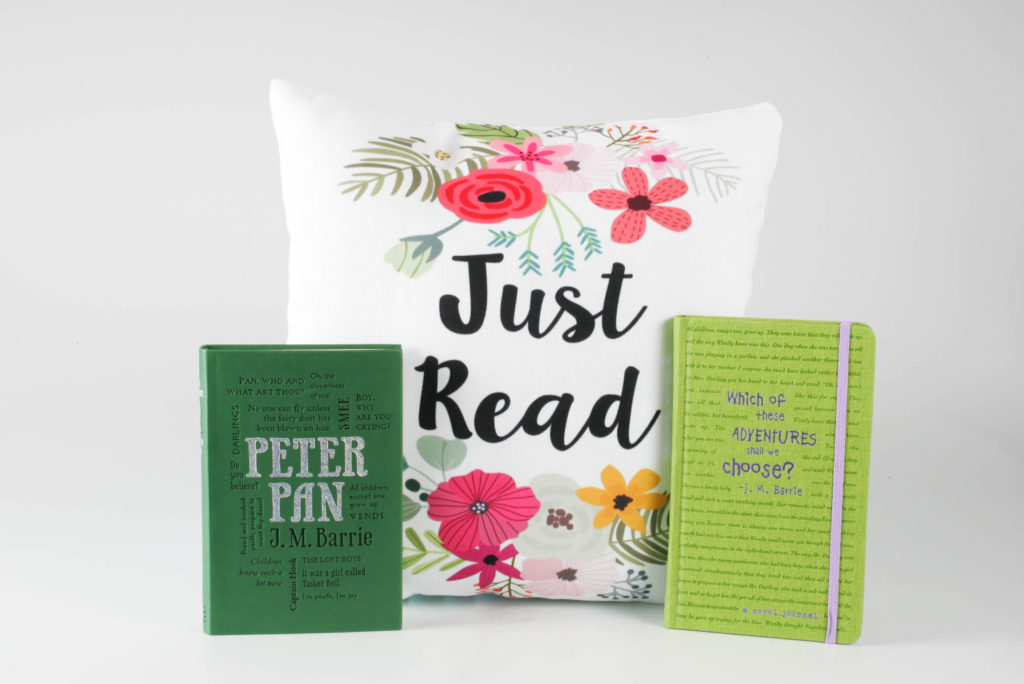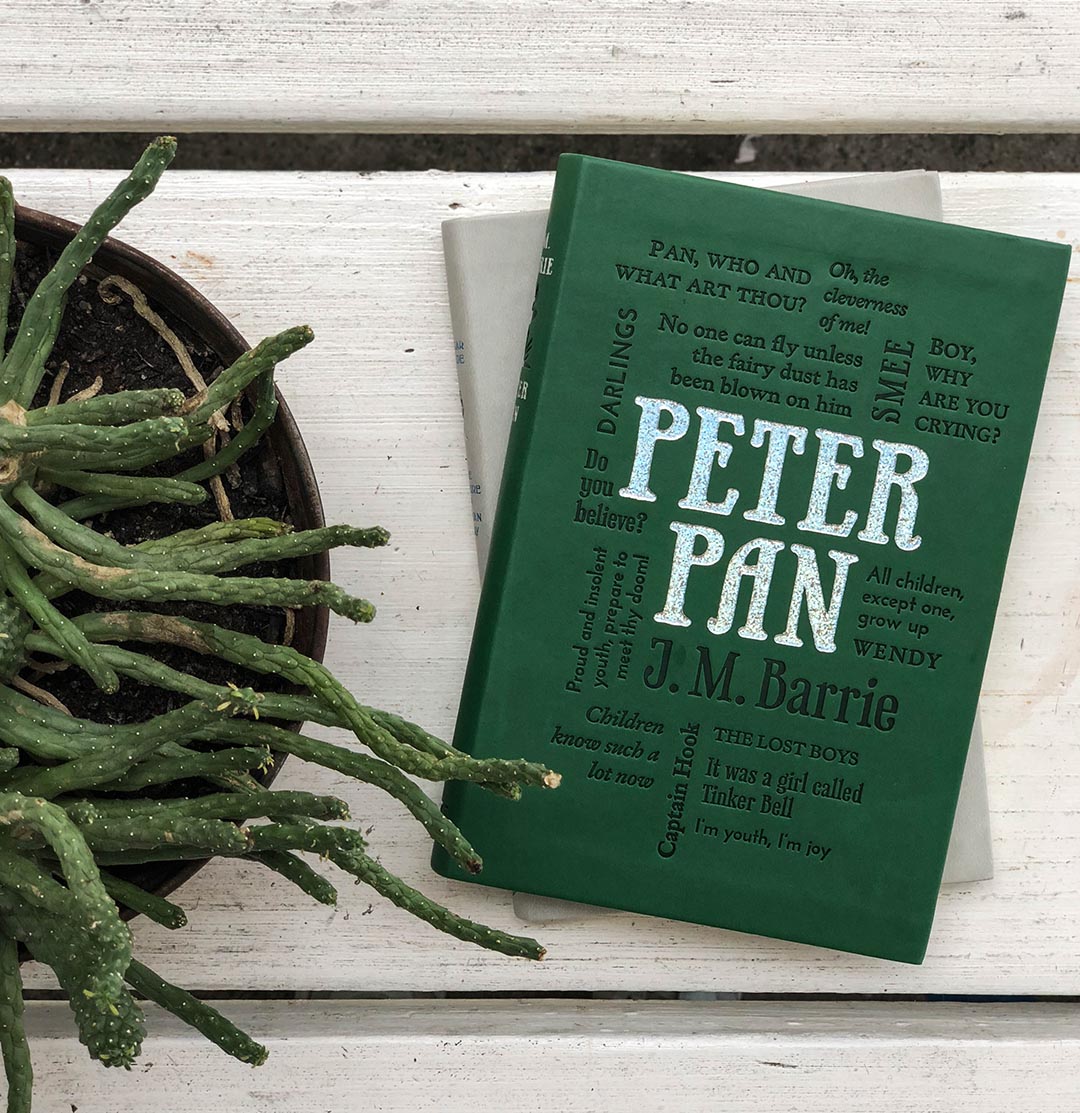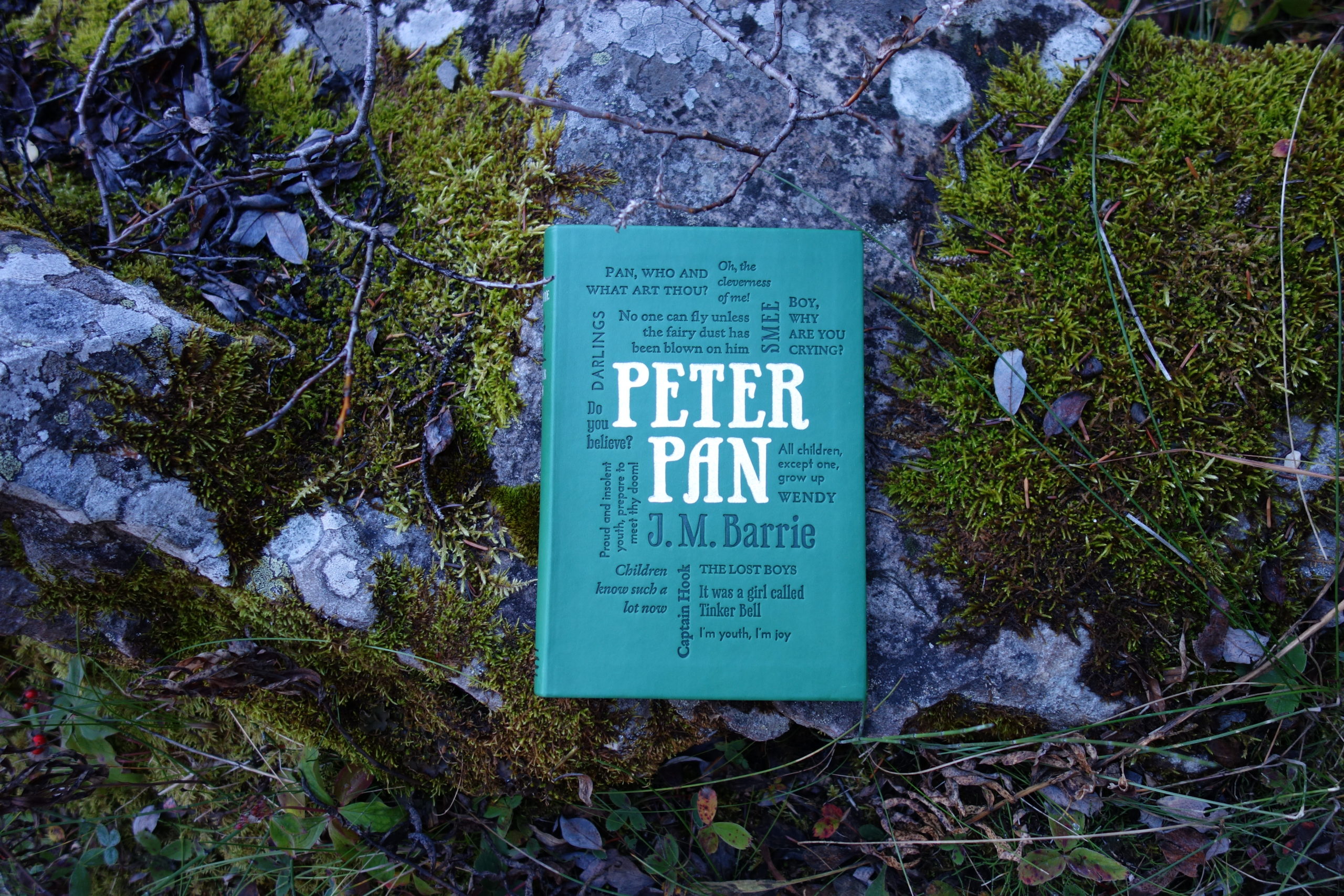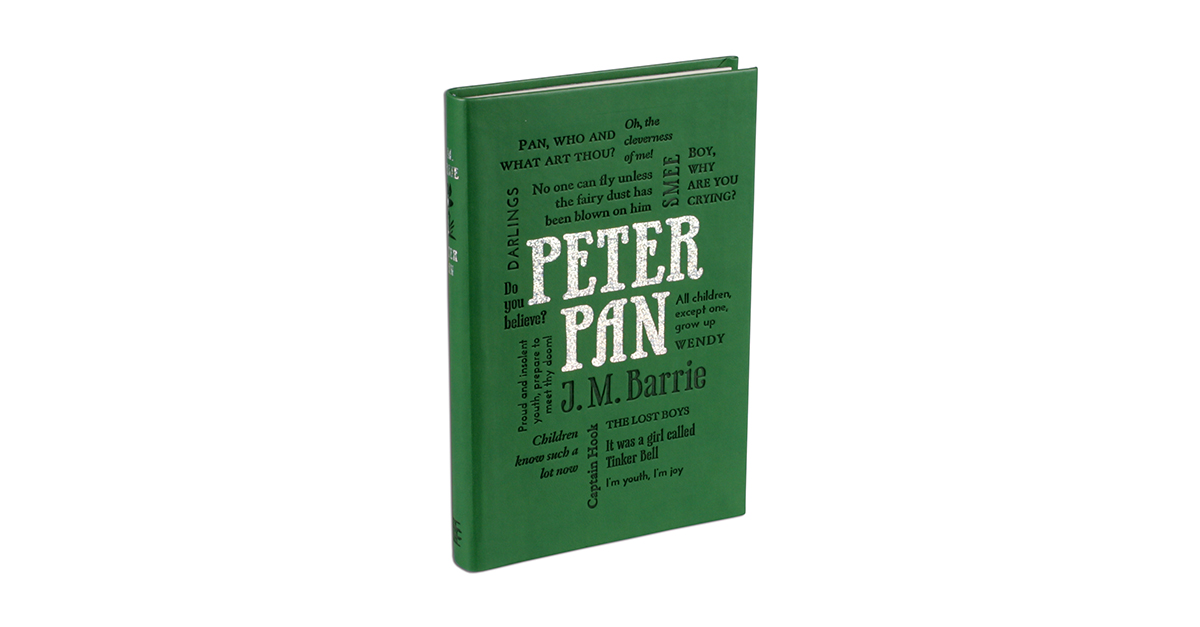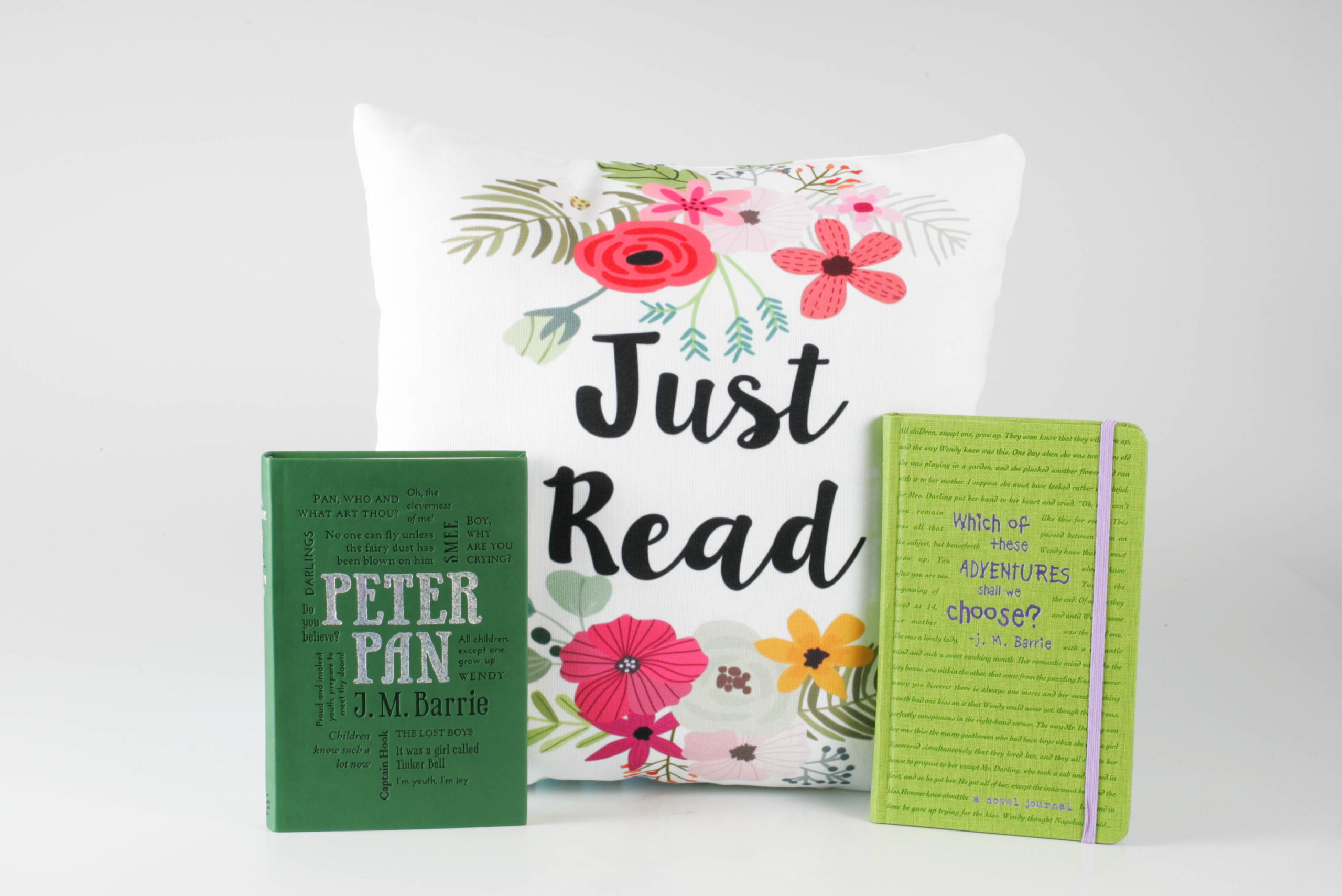
Did you know that the character of Peter Pan was first created in a chapter in J. M. Barrie’s The Little White Bird? A couple years later, Barrie went back to Peter and made him the center of his stage play Peter Pan, or The Boy Who Wouldn’t Grow Up. Did you know that Walt Disney actually played the role of Peter in his school production of the story when he was just a boy?
To honor J. M. Barrie’s most popular story, check out 5 more fun facts about Peter Pan and his author below!
1. The copyright of every work that Peter Pan is featured in belongs to the Great Ormond Street Hospital in London. Barrie gave the copyright to the distinguished children’s hospital in 1929. Although it expired 50 years after Barrie’s death, a bill was passed extending these rights, and the hospital will continue to receive royalties for any adaptation of the play.
2. In stage productions, Peter is almost always played by a female. This started back during the first production. English law did not allow minors under the age of 14 to work after 9pm, and an adult male would be too tall and his voice too deep in comparison to the rest of the children on stage. Charles Frohman, the Broadway producer, suggested his protégé, Maude Adams, play the part. From then on it became tradition.
3. J. M. Barrie played on a cricket team with some of the best writers of all time. Arthur Conan Doyle, H.G. Wells, Rudyard Kipling, George Bernard Shaw, Thomas Hardy and Robert Louis Stevenson were just a few on this team. It is also said that these writers were not just teammates, but good friends as well.
4. According to Barrie’s good friend, D. H. Lawrence, Barrie had a “fatal touch”. He lost many of the loved ones that were close to him. His older brother died as a young boy at the age of 13. Two of the boys that inspired the character Peter Pan, George and Michael Llewyn Davies, both also died at a young age. Their brother, Peter, who was often teased for sharing a name with Barrie’s character, outlived Barrie; however in 1960 he committed suicide by jumping in front of a train.
5. In the original play, Tinker Bell was portrayed as a darting light. She spoke through a mix of ringing bells. Someone off-stage would hold up a small circular mirror and reflect the light. In the Disney animation, however, they gave Tinker Bell a body. As Tink doesn’t speak in the play, in order for the Disney animation to get the character’s chimes right, they cut up pieces of aluminum and tied them together.








